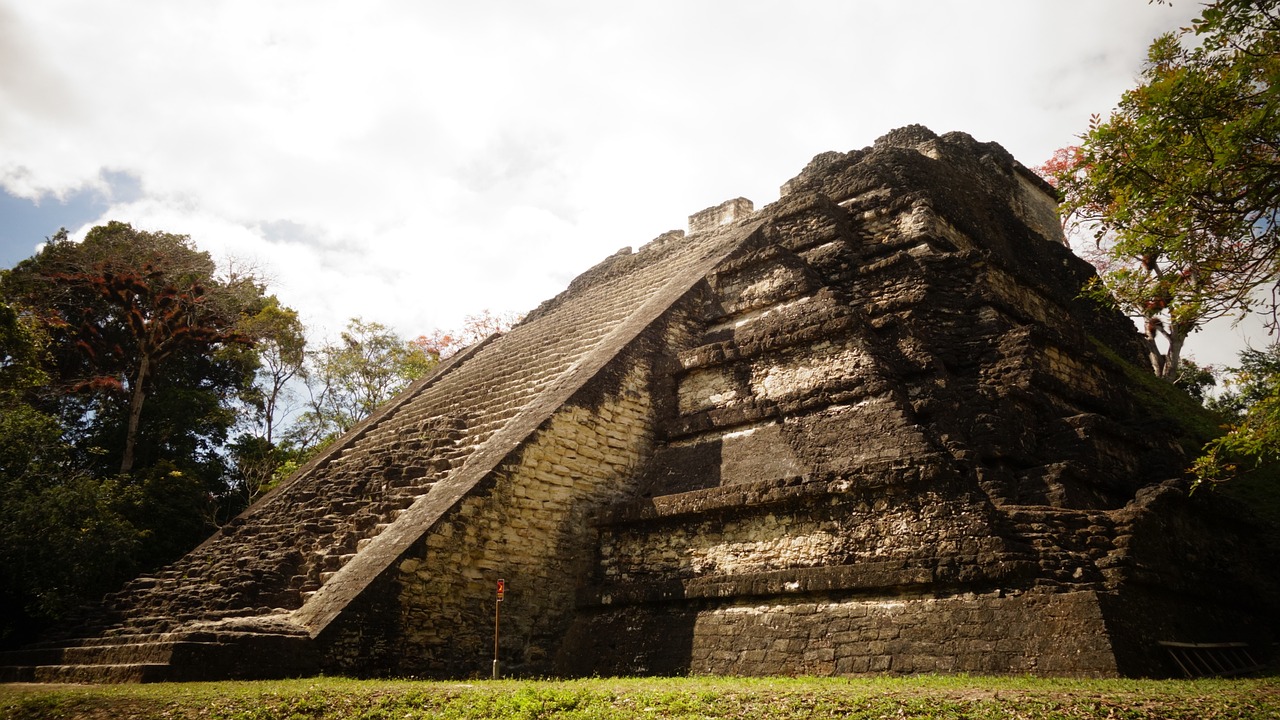The Antediluvian Civilization

The concept of an antediluvian civilization often sparks imaginations and debates among historians and archaeologists. These societies, believed to have existed before a great flood, are frequently mentioned in various mythologies around the globe. Researchers suggest that these civilizations might have developed advanced technologies and complex cultures, which are now lost to time. For example, the Sumerians, who lived around 4500 BC, are known for their significant contributions to writing, architecture, and governance. Their achievements raise intriguing questions about other societies that might have existed prior to recorded history. Findings of ancient submerged cities further fuel the theory that significant human activity occurred long before our current understanding.
Atlantis: The Legendary Lost City

The story of Atlantis, first introduced by Plato, has captivated historians and treasure hunters for centuries. Allegedly, this advanced civilization existed around 9,000 years before Plato’s era, boasting remarkable technology and culture. Recent underwater explorations have led some researchers to propose potential locations for Atlantis, such as the island of Santorini and the Bahamas. Despite the absence of conclusive evidence, the allure of Atlantis continues to inspire exploration and research into lost civilizations. The National Geographic Society notes that the quest for Atlantis remains one of the most enduring pursuits in archaeology, capturing the imagination of many.
The Indus Valley Civilization

The Indus Valley Civilization, flourishing around 2500 BC in present-day Pakistan and northwest India, stands as one of the most significant ancient cultures. Known for its advanced urban planning, including grid layouts and sophisticated drainage systems, the civilization was highly organized. Despite these achievements, the reasons for its decline around 1900 BC remain a mystery. Recent archaeological discoveries, such as the city of Mohenjo-Daro, offer new insights into this lost civilization. Researchers are now utilizing modern technology, like satellite imagery, to uncover more about the extent and influence of the Indus Valley Civilization, providing a clearer picture of its history.
The Minoan Civilization

The Minoan civilization thrived on the island of Crete from approximately 2700 to 1450 BC and is often regarded as one of the earliest European civilizations. Known for their impressive palaces, such as the Palace of Knossos, and advanced art, the Minoans had a significant maritime trade network. The sudden collapse of this civilization has led to various theories, including natural disasters like the eruption of Santorini. Recent archaeological findings have provided new insights into their culture and trade practices, suggesting that the Minoans may have had connections with other ancient civilizations, including Egypt and Mesopotamia.
The Olmec Civilization

Often considered the “mother culture” of Mesoamerica, the Olmec civilization emerged around 1200 BC in present-day Mexico. Known for their colossal stone heads and complex society, the Olmecs laid the groundwork for later civilizations like the Maya and Aztecs. Despite their influence, much about the Olmec civilization remains a mystery, including the reasons for their decline around 400 BC. Recent archaeological discoveries, including ceremonial centers and artifacts, are helping to piece together their history. The Olmecs’ contributions to art, architecture, and religion continue to be studied for their impact on subsequent cultures.
The Nazca Civilization

The Nazca civilization, which flourished in southern Peru from 200 BC to 600 AD, is best known for the Nazca Lines—large geoglyphs etched into the desert floor. These lines depict various animals and shapes, and their purpose remains a topic of debate among researchers. Some theories suggest they were used for astronomical purposes or as part of religious ceremonies. Recent studies using drone technology have uncovered additional geoglyphs, indicating that the Nazca culture was more complex than previously thought. The civilization’s decline is believed to be linked to environmental changes, highlighting the fragility of ancient societies.
The Hittite Empire

Existing from around 1600 to 1178 BC in Anatolia, the Hittite Empire was a major power in the ancient Near East. Known for their advanced legal system and military prowess, the Hittites played a crucial role in the politics of the region. Their capital, Hattusa, was a center of culture and trade. The collapse of the Hittite Empire remains a subject of research, with theories ranging from invasions to climate change. Recent excavations have uncovered new artifacts and texts, shedding light on their society and interactions with neighboring civilizations.
The Chavín Civilization

The Chavín civilization thrived in the Andean highlands of Peru from 900 to 200 BC and is notable for its religious and artistic achievements. The Chavín de Huantar site, a UNESCO World Heritage site, showcases their architectural prowess. The civilization is believed to have influenced later Andean cultures through its religious practices and art. Recent archaeological work has revealed more about their social structure and trade networks, suggesting that the Chavín civilization played a vital role in shaping the cultural landscape of ancient Peru.
The Phoenician Civilization

Emerging around 1500 BC in the region of modern-day Lebanon, the Phoenicians were renowned traders and seafarers. They established city-states such as Tyre and Sidon and are credited with developing one of the first alphabets. The Phoenicians’ extensive trade networks spanned the Mediterranean, influencing various cultures. Their decline around 300 BC, due in part to the rise of the Roman Empire, has led to ongoing research into their legacy. Recent discoveries of Phoenician artifacts in places like Carthage have provided new insights into their maritime capabilities and cultural exchanges.
The Mystery of the Maya Civilization

The Maya civilization, which reached its peak between 250 and 900 AD in Mesoamerica, is known for its impressive architecture, mathematics, and astronomical knowledge. Despite their achievements, the reasons for the Maya collapse around the 10th century remain debated. Factors such as drought, warfare, and societal changes are all considered. Ongoing archaeological research, including the use of LiDAR technology, has revealed previously hidden structures and urban centers, suggesting that the Maya civilization was more extensive than previously thought. The enduring fascination with the Maya continues to inspire exploration and study of their rich history.


